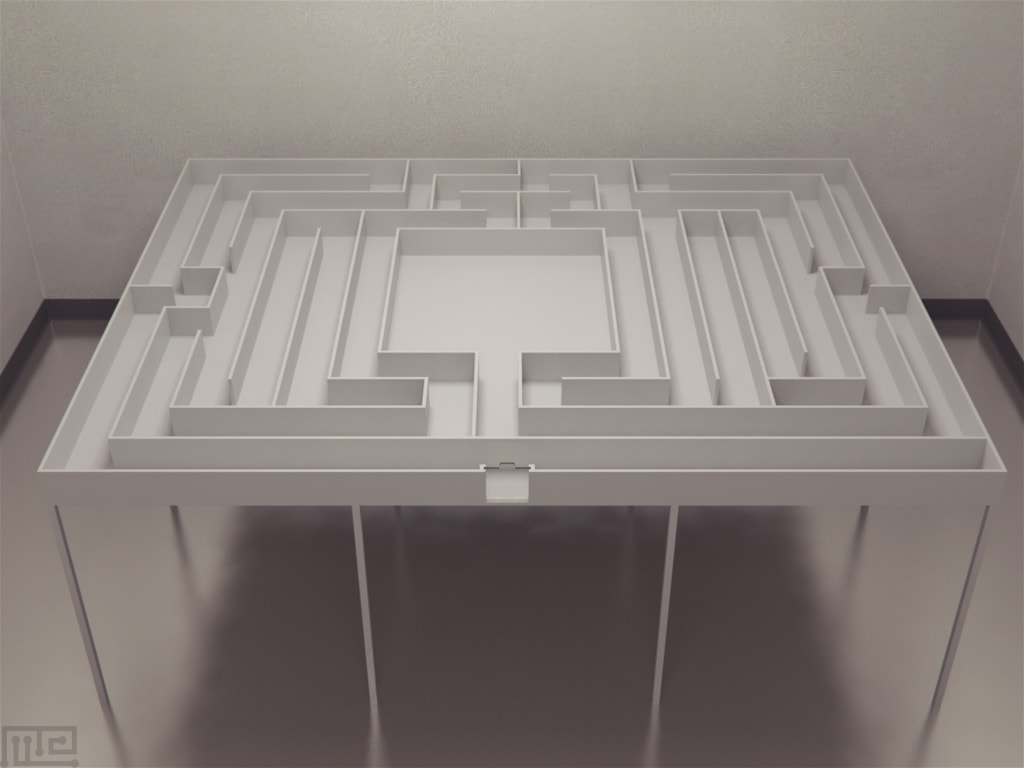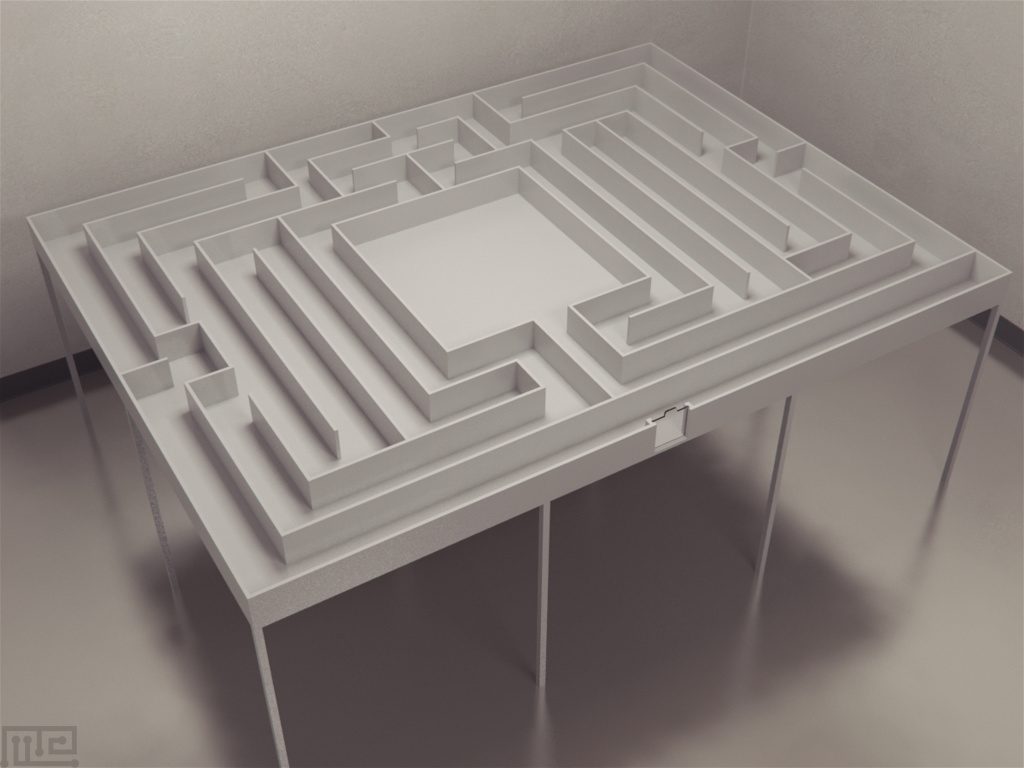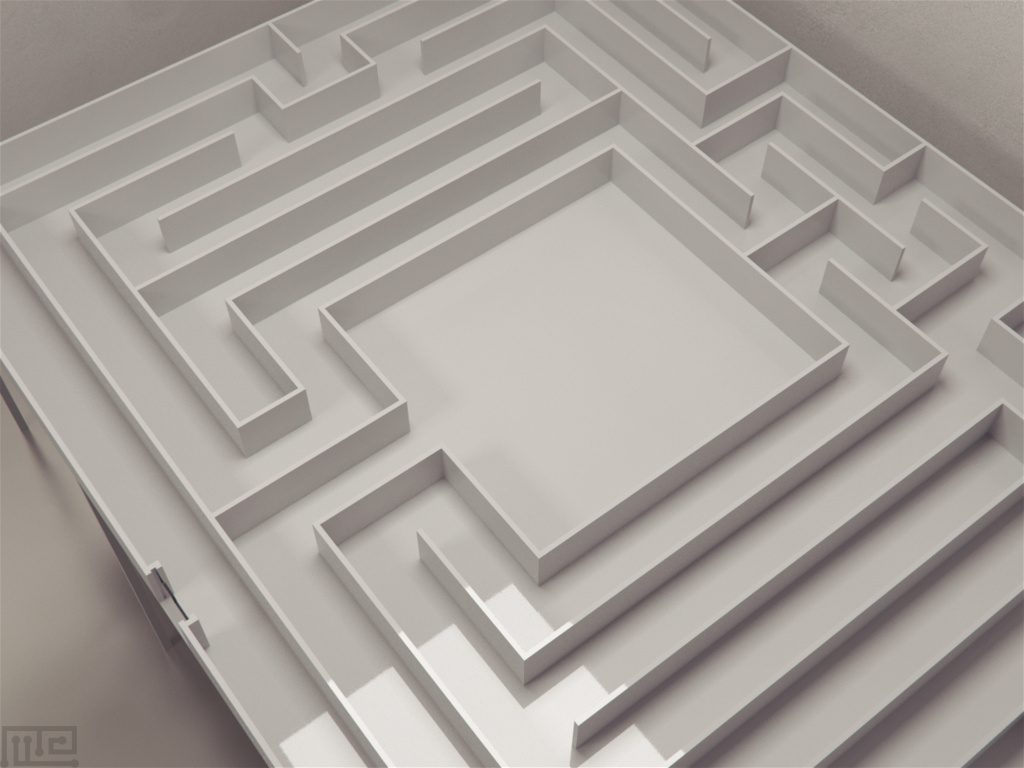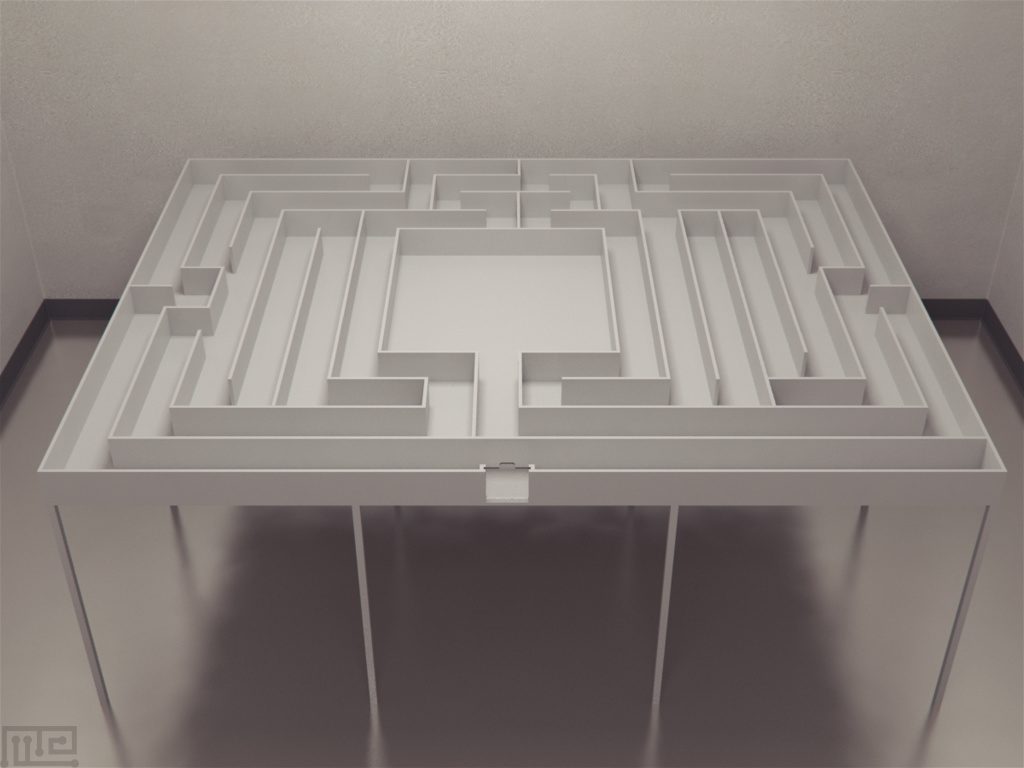Description
The maze was of the elevated type. Each unit was 35.5 inches long. Of this distance, 10 inches were cul-de-sac and 24 inches were true pathway. In the experiments to be described in this classic paper by Walter S Hunter (1929), Dr. Hunter described the sensory control of behavior in the maze by controlling the stimuli presented to the animal. All of the mazes were constructed so that the distances between turns were exactly equal and consequently would yield equal proprioceptive stimuli. All turns were right angle turns. As a result, all proprioceptive stimuli from right turns should be alike and all stimuli resulting from left turns should be alike. Furthermore, the pathways were carefully machined in order to eliminate cutaneous differences The rats were carried one at a time from the living room to the experimental room. One trial daily was given. No food was placed on the maze. When the rat reached the end of the maze, he was lifted to a chair six feet away where he ate his ration of bread.
Walter S. Hunter (1929) The Sensory Control of the Maze Habit in the
White Rat, The Pedagogical Seminary and Journal of Genetic Psychology, 36:4, 505-537, DOI: 10.1080/08856559.1929.10532211





